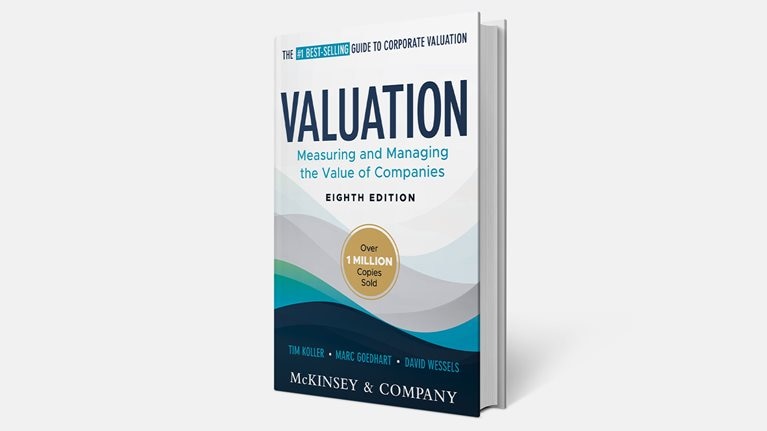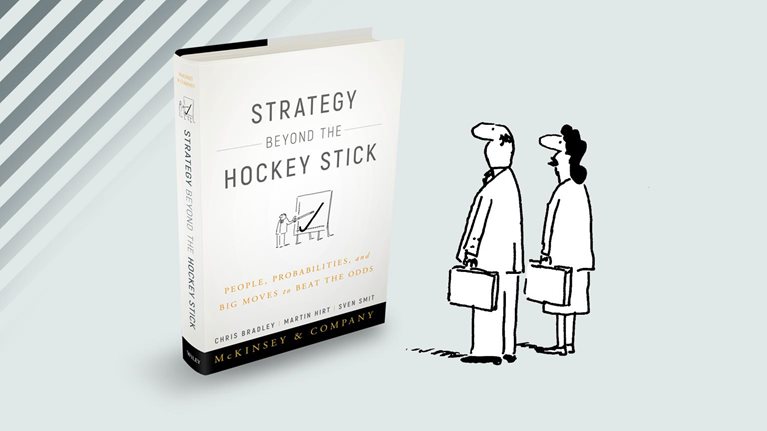Many executives, analysts, and pundits continue to focus on earnings per share (EPS) as a major driver of returns to shareholders and, thus, a primary indicator of corporate performance. Our historical and updated analyses point to a better metric—economic profit (EP), or a company’s total profit after the cost of capital is subtracted.
EP is linked directly to a company’s return on invested capital (ROIC) and revenue growth, both of which are fundamental drivers of value creation.1 When return on capital exceeds the weighted average cost of capital, EP will be positive, and value will be created for shareholders. By contrast, some actions that boost EPS (stock buybacks, for instance) may not ultimately create value for shareholders—hence the limitations of that metric.
McKinsey first highlighted the relationship between EP and total returns to shareholders (TRS) several years ago in its discussion of the power curve and the ten levers that explain most of the rise and fall in corporate performance.2 Now, looking back at that research and broadening it to include data from between 2015 and 2019, we see an even stronger correlation between EP and TRS. And when we add revenue and margin growth to our analysis, the correlations get stronger still (Exhibit 1).

The research also sheds light on the importance of revenue growth in generating TRS, regardless of a company’s starting point. For instance, companies in our highest quintile for both EP and revenue growth generated TRS at 19 percent. But even the companies in our lowest quintiles for EP and revenue growth still generated TRS that was mostly positive (Exhibit 2).

The importance of both metrics is clear; but it’s also worth noting that how you manage EP and revenue growth matters. In the long term, it doesn’t pay to increase EP at the expense of revenue growth. For instance, a company that cuts back on R&D expenses to improve its margins in the short term could also end up reducing its ability to launch new products and services—and new revenue streams. In our experience, companies that focus on long-term growth and EP tend to create more value.
Would you like to learn more about our Strategy & Corporate Finance Practice?
Overall, our findings reflect the established finance theory: if executives are doing the right things strategically, they will see EPS, EP, and TRS all rise. However, EPS may also grow even when no value is created—for instance, in the case of an acquisition in which the purchase price exceeds the intrinsic value of the deal.
By contrast, EP is driven by returns on invested capital, revenues, and the opportunity cost of capital. So unlike EPS, it will increase only when value is created. Especially when considered alongside revenue growth, EP explains returns to shareholders very well—and better than EPS.


